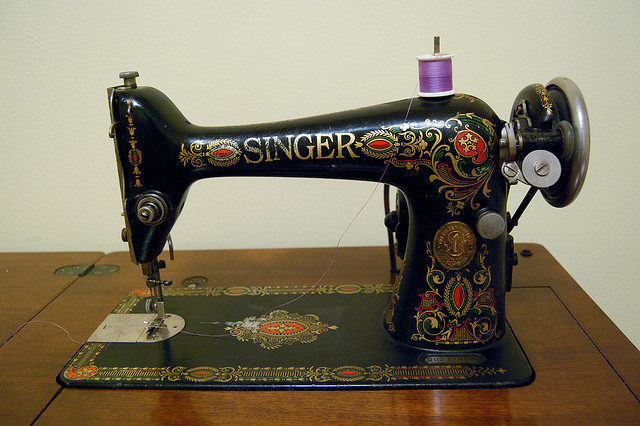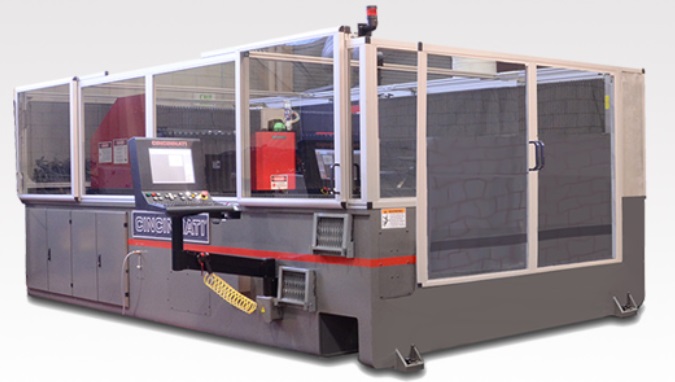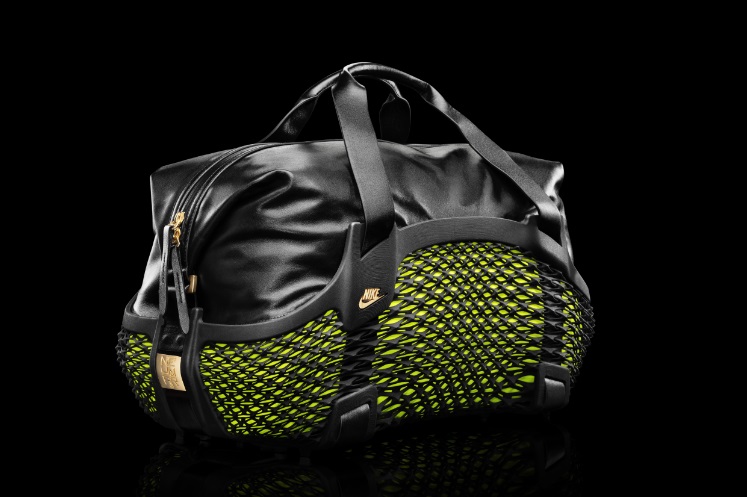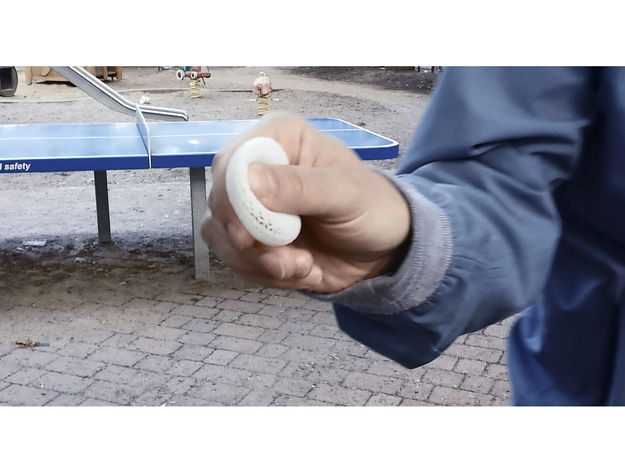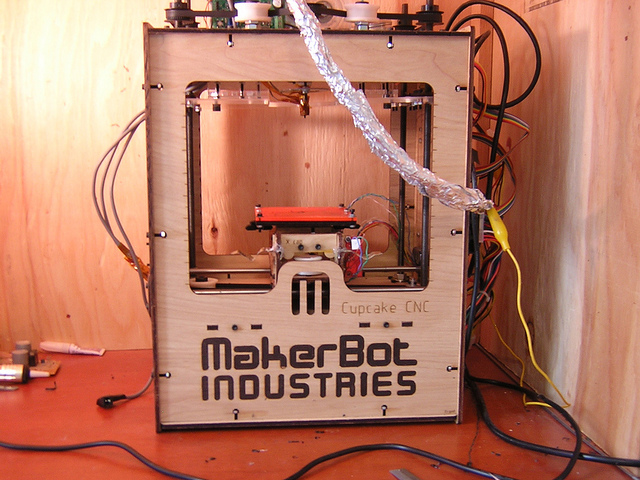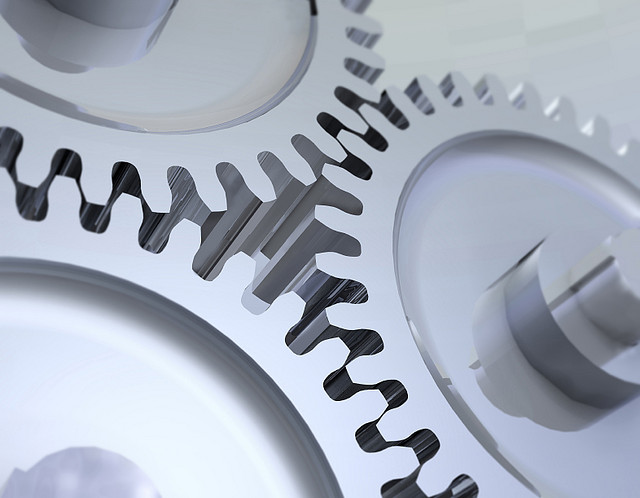As we all are familiar with the working mechanism of a 3D printer that it works in layers but imagine if we could mélange a 3D printer with another machine say a sewing machine, then what will happen? This amalgamation will give rise to a new kind of “soft” 3D printing technology that would drastically inflate the possibilities of low cost additive proto-typing and manufacturing equipment.
This new “soft 3D printing” technology has been developed by Disney Research and Scott Hudson of Carnegie Mellon’s Human-Computer Interaction Institute. The machine is capable of 3D printing teddy bears which are made of yarn and are made by the traditional technique involved in 3D printing that is layer by layer. The creator of this machine Hudson feels that the process that is involved to print these teddy bears are similar to the fused-filament fabrication technology that is used in 3D printers like MakerBot, Ultimaker and other familiar 3D printers. The machine consists of an off-the-shelf ramp which is controlled by a 3D printer which runs on a Repetier-Host for client functions, a Slic3r which is a custom translation and post-processing software (used for CAM functions) and OpenSCAD for the modeling of the CAD functions.
As of now the printer is capable of making teddy bears but in the near future we can expect this technology to flourish in the fashion world extensively. There a lot of experimentation that is going on, on this new invention like Hudson tried to add movable hands for the teddy bear with the help of plastic pieces which were embedded with Nylon. So this makes it clear that the technology is bound to evolve by every passing day. The process still needs to be perfected as the printer produces only fabric objects; the assembling of the object is to be done by hand.
As the creator of this teddy bear 3D printer says, “A number of researchers are looking at mixed materials in 3D printing, that’s one of the most interesting challenges now.”
Image Credit: Chriſtopher Chen (flickr handle: lumachrome)
